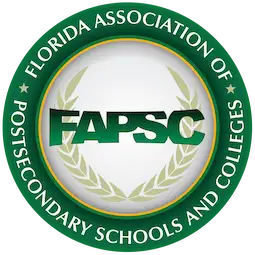What’s the Difference Between an EMT and a Paramedic?
![]()
Though often used interchangeably in media or by those outside the emergency medical services (EMS) industry, an emergency medical technician (EMT) and a paramedic (EMT-P) are not the same, and those individuals perform different—though both important—functions on an EMS team.
If you’re exploring your options in EMS, here are a few key differences to know.
Education Required for EMT and Paramedic
To become an EMT, the education program you’ll need might take place at a specific institution or through your community EMS. When we refer to EMTs rather than paramedics, usually an EMT-B (Basic) or EMT-I (Intermediate) is what’s implied. These training programs can be accelerated or part-time, and depending on which option is selected, training can be completed in just a few weeks or may take several months. Successful completion of EMT training awards candidates a certificate and eligibility to take the NREMT to obtain their professional license.
Paramedic training builds upon all the concepts of an EMT program, and may be completed as an add-on to EMT training or all at once. This training is the most in-depth and may take several months to a year to complete, depending on the student’s selected schedule.
Learn more about HCI’s EMT and paramedic programs here.
Abilities and Duties on the Job for EMT and Paramedic
An EMT-B typically works on an ambulatory rescue or EMS team, and is trained and licensed to deliver a basic amount of care to patients on-scene or during ambulance transport. “Basic” care, however, does not limit the importance of an EMT, as it is often crucial, and may include CPR, oxygen and glucose administration, and treatment for asthma and allergies.
Paramedics are cleared for the highest level of emergency medical care and may supervise or perform most tasks necessary in most EMS instances. They can begin intravenous lines to resuscitate patients, manage airways, and deliver medication, all in addition to an EMT-B’s tasks.














